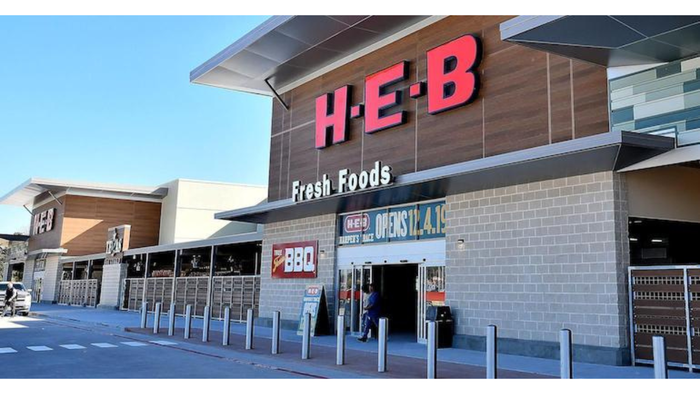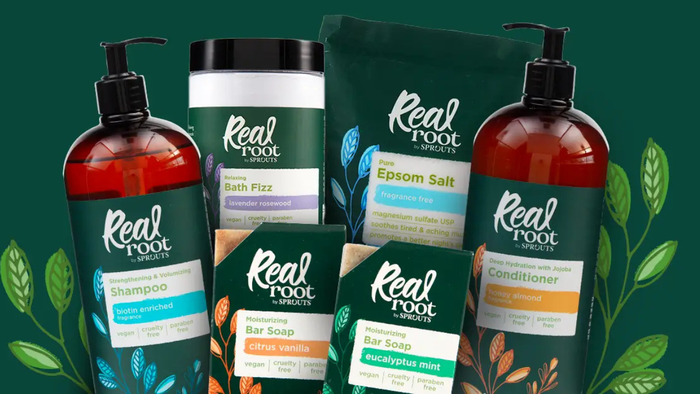Talking shop with... ELLIOTT PENNER
January 1, 2018
Touting value and national brands will help retailers win back market share, according to the president of Reckitt Benckiser, Inc. Food Products, the manufacturer of French’s, Frank’s Red Hot and Cattlemen’s Barbecue Sauce brands. Grocery Headquarters: How can supermarkets take advantage of the consumer trend of dining at home instead of eating in restaurants? Elliott Penner: For grocery retailers this is their chance to stop that migration that was happening a couple of years ago. This is a time for them to look at their business model and say what am I to the consumer? What does my brand stand for and how can I make this experience more enjoyable and exciting? There are certain retailers that do a better job than others and if you can make the consumer want to go down those middle aisles of the store and not just the perimeter—you’ve probably won. What can retailers do to improve their shopping environment? They can remove clutter from the shelves, making it easier for consumers to shop. Take a category like mustard. It is under $400 million no matter how you cut it. It isn’t a huge category. But you can walk into some retailers and find 50 or 60 SKUs of mustard. Yet you walk into ketchup, which is a larger category, and you’re never going to find 50, 60 or 70 different types of ketchup. In mustard there is just this proliferation of SKUs. You see it in marinades, barbecue sauces and other categories too. It creates confusion in the consumer’s mind. I think category management has helped a lot. We see the move to less selection, but right selection. Many people tend to think that the moment you reduce SKUs that you offer less selection. That’s not always true. It’s the right selection that you’re after. And we see retailers are becoming better at it. Value is often perceived as “cheapest price.” How can retailers change that mindset? Retailers tend to see certain products as a ‘front page item’ and always want to lead with a price that really engages them. The nice thing about French’s is that while the value is always important to the consumer—they see it—it is not always translated into less than a dollar. So if you have our product at a fair and good price, with a great display and all of those other elements of support, including advertising and new flavors, it does fantastic and adds value to the category. It doesn’t take away from private label, but complements private label. We’ve been fighting private label for years. It is going to be there. It is up to me to make sure my consumer sees the difference in my brand and is ready to pay for it. What does French’s consider a ‘good value’? Last year instead of offering 14 ounces like our competitors, we offered 20 ounces at a really good value. Consumers are okay with that. They actually said to us, ‘I’d rather pay a little more out of my pocket to get better value then for you guys to cheat me, take your size down and lower your price and say that you are giving me value because you are really not.’ So we actually went the other way and at a time when people were reducing sizes we stayed the same and gave a better price. Can a store offer too much private label, in turn putting off shoppers who want local and regional brands? Private label is pretty cyclical. If you go to London or Toronto where private label has had a bigger hold for some time, you can see how retailers have cycled through. Some retailers said they were going to be the market leader in private label. Now they’ve come back and realized there is a balance that has to be had. In the end it is up to us. I want you to buy my brand and I better give you a reason to buy it. It is not fair for me to say that others can’t compete. It is just what it is and I have to work harder to make you buy it. How is French’s weathering the recession? We’ve had a great run. Last year we were up 6% in volume and about the same in dollars. This year will probably be similar and the year before that was actually more. We’ve had a 5% to 7% increase every year for the last number of years. People are asking what are we doing? Are we buying companies? No, it is just good fundamental caring about the business, listening and working hard. c
About the Author
You May Also Like



.png?width=700&auto=webp&quality=80&disable=upscale)
